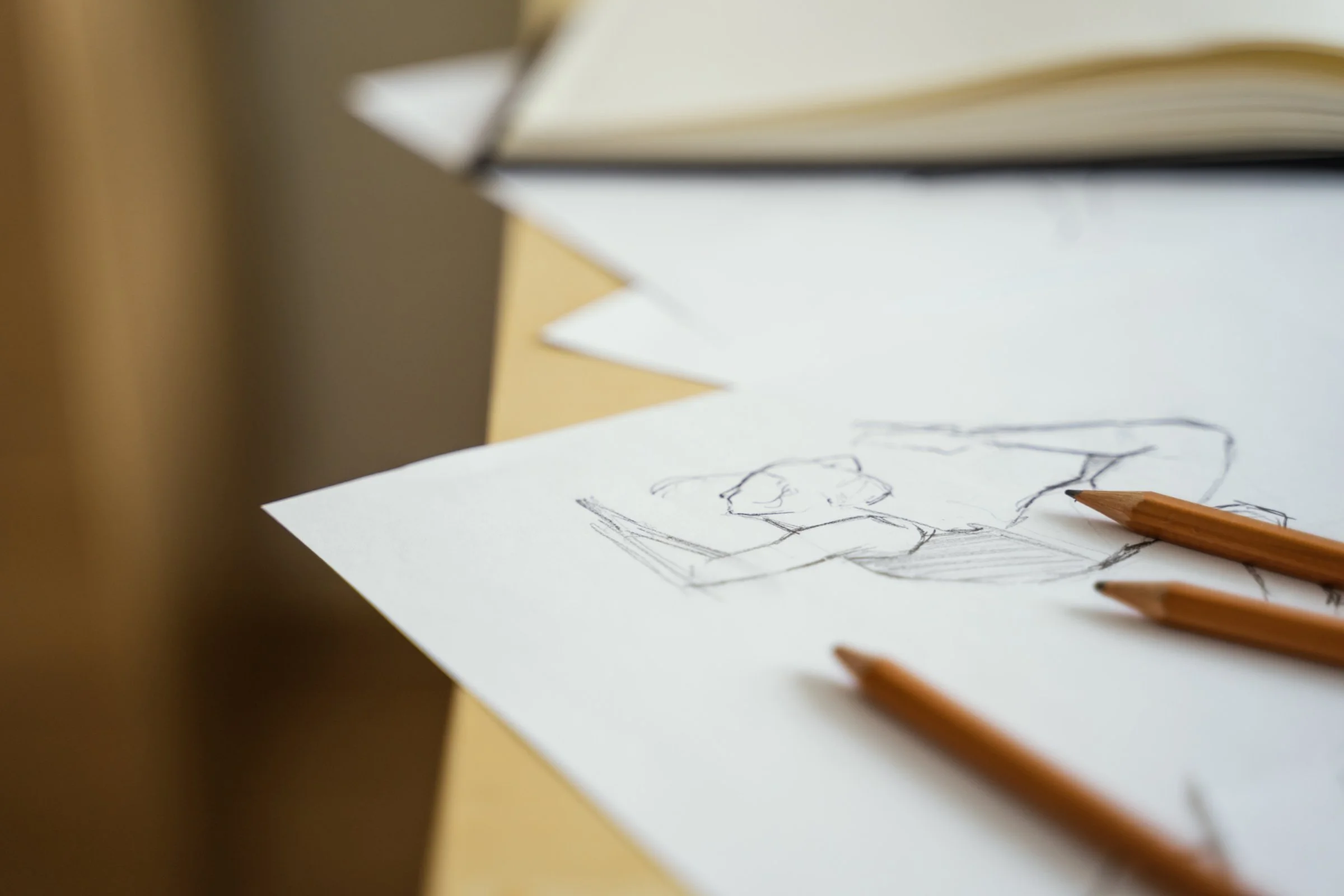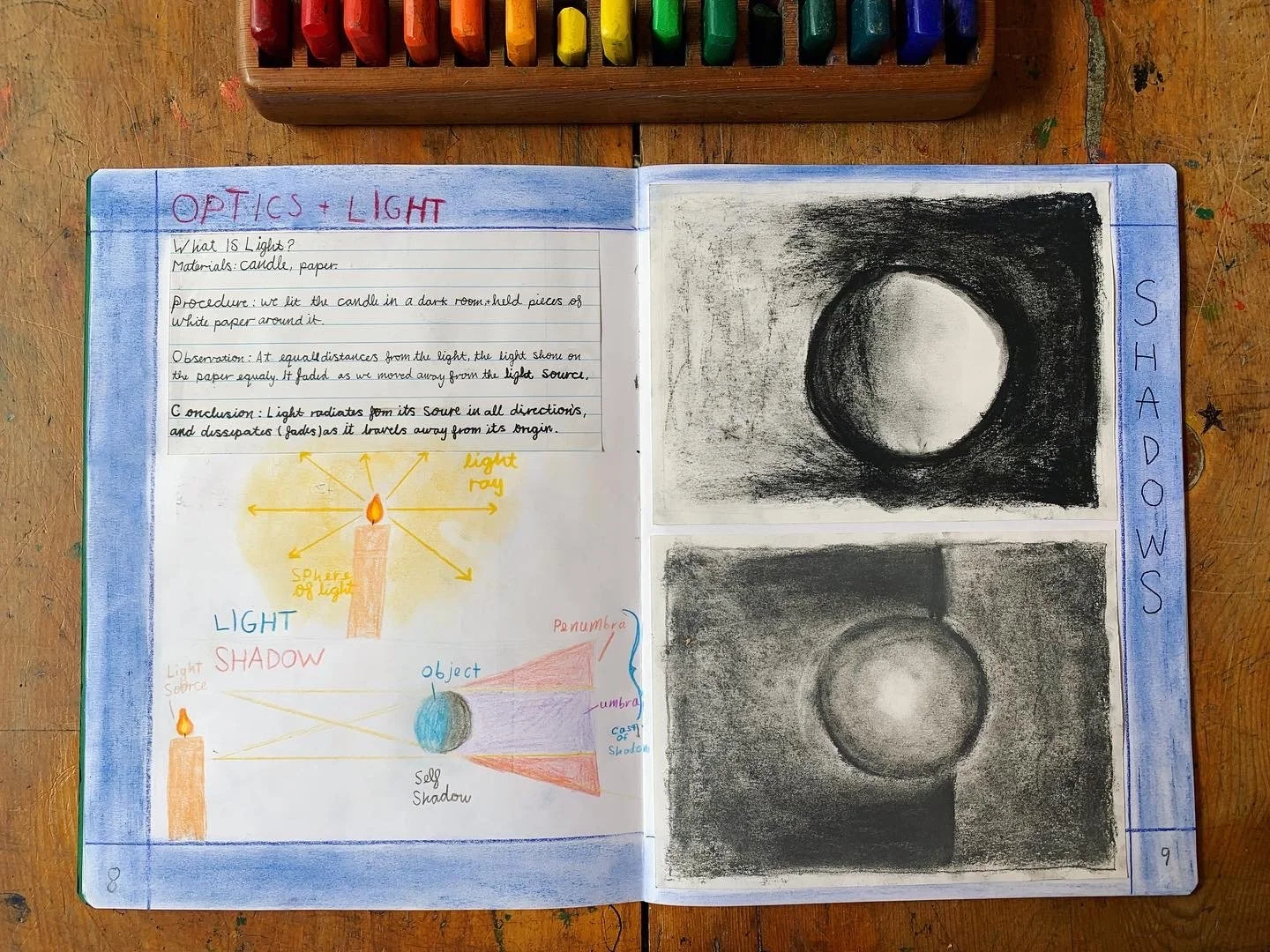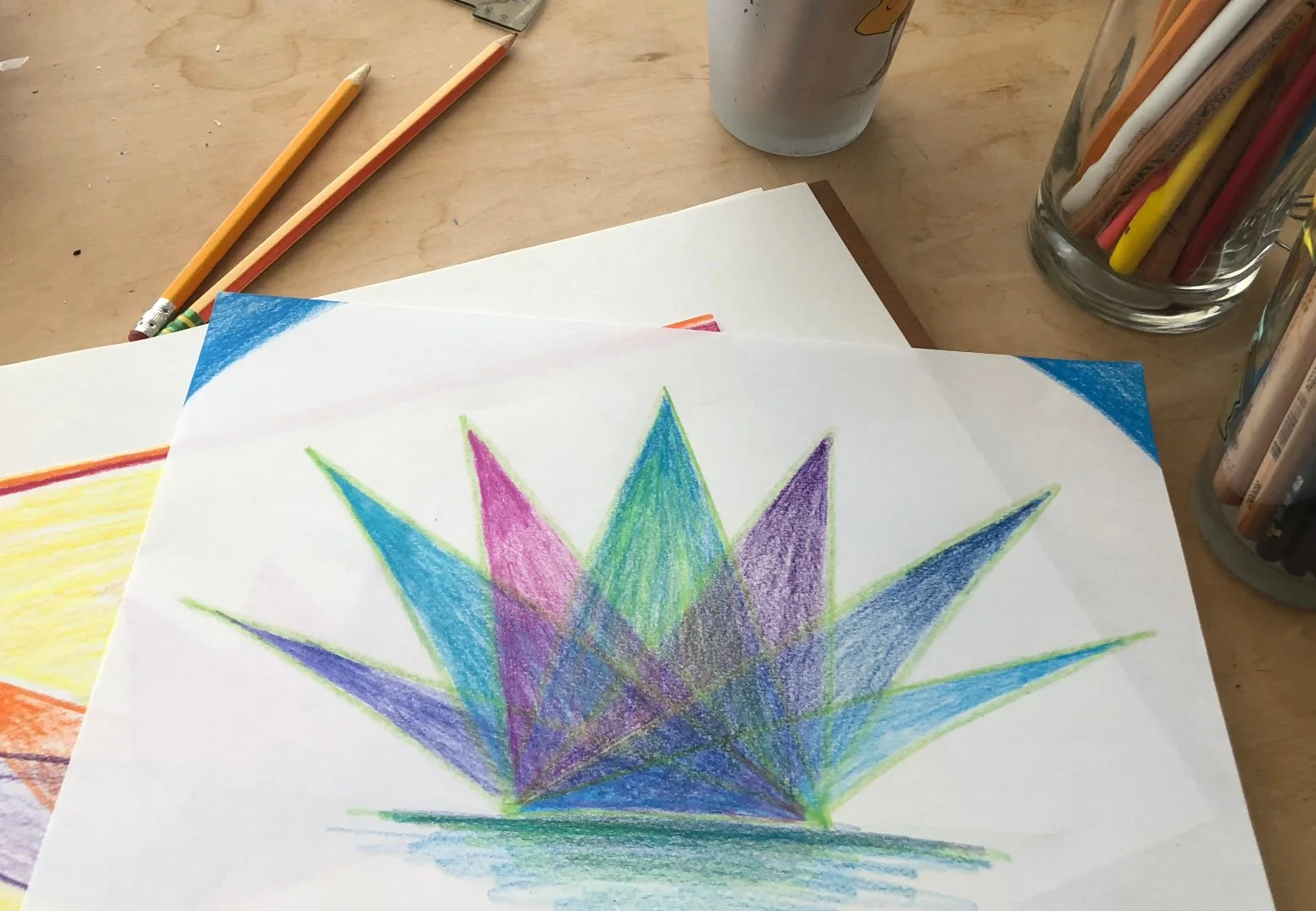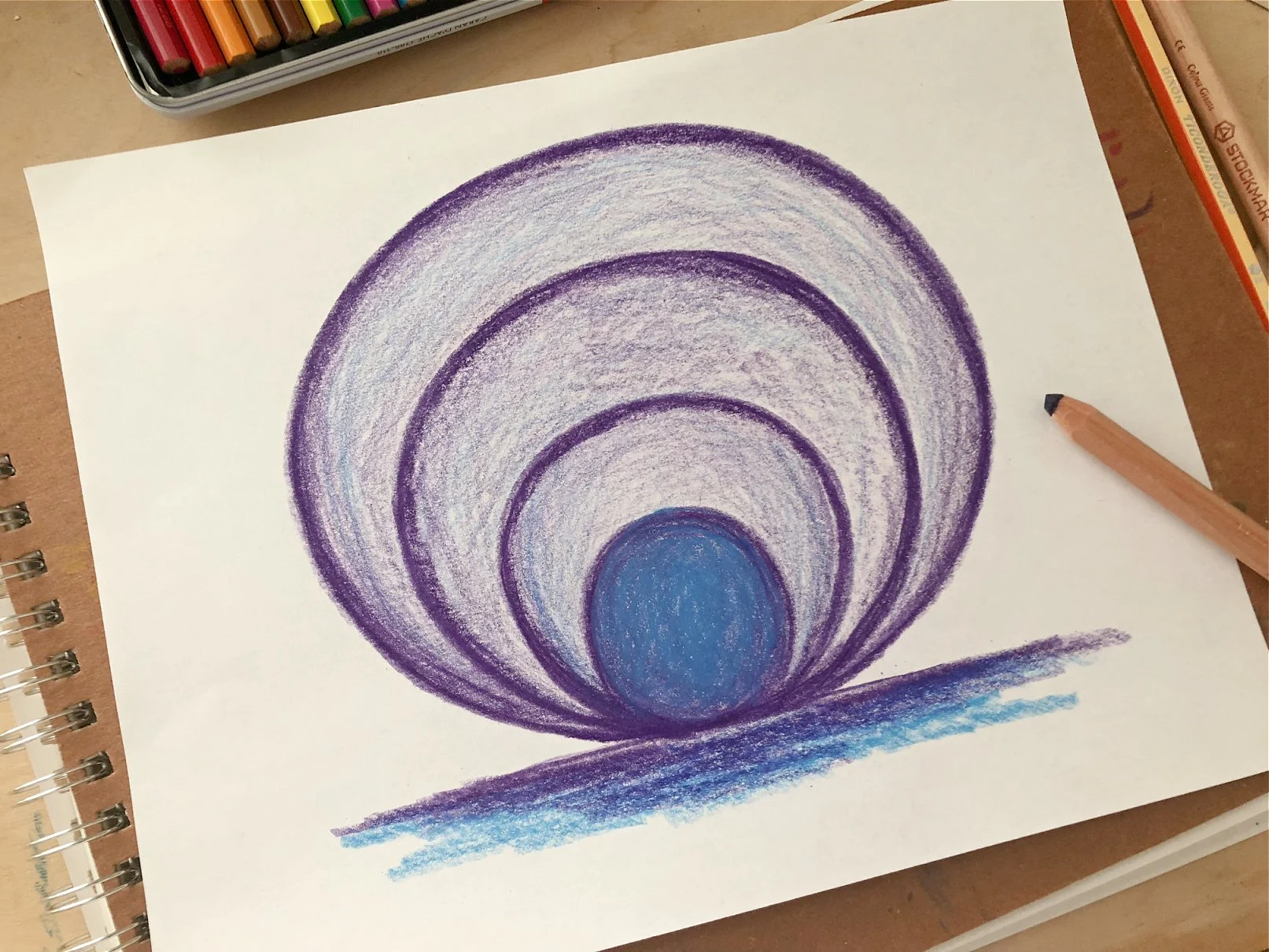Waldorf Sixth Grade Curriculum: Exploring the Natural World through Physics
In sixth grade, it’s time for a whole new way of exploring the natural world: the study of Physics!
As the child is leaving the comforting world of early childhood and entering into a new realm, it’s the perfect time to re-enliven and re-invigorate their sense of awe and love for the natural world, all while discovering scientific phenomena and law.
An example main lesson book page illustrating experiments around Optics, from our sixth grade Physics course!
While a Waldorf student has been exploring nature throughout the grades, middle school marks a shift in the curriculum where scientific study becomes far more structured and a key area of focus. These blocks call upon the educator to teach in a new way using phenomenology (Huh? Click here for more) and for the student to approach their learning from a different perspective.
So, what’s sixth grade physics all about? The block starts with the basics, and calls upon the student to use their observational and practical skills to discover the laws of sound, heat, light, magnetism, and electricity.
The curriculum typically begins with the study of acoustics, where students explore the nature of sound. They learn how sound is produced by vibrations and how it travels through different materials. Through activities involving musical instruments and simple sound experiments, students investigate phenomena like pitch, echo, and resonance.
The curriculum also introduces students to the principles of heat and thermodynamics. They examine how heat is generated, how it moves, and how it affects materials—causing them to expand, contract, or change state. This is a particularly fun aspect of the block; seeing an educator use a blowtorch is always exciting (when done safely, of course!)
The study of magnetism in action!
When studying optics (also referred to as the study of light) students observe the characteristics of light and how it behaves in our world. With the use of a completely blacked out room, students observe how light is invisible, how it can create a camera obscura, and explore the vast world of color and shadow.
Magnetism is explored through the use of simple magnets and iron filings, allowing students to observe magnetic attraction and repulsion, and the concept of magnetic fields. They experiment with magnetic materials and learn about the basic properties of magnets, including polarity.
Finally, students are given an introductory look at static electricity using balloons, various kinds of fabric and textiles, and other materials. Though explored simply, this portion is setting the stage for 8th grade physics when students will build motors, explore circuits, and more!
This 6th grade Physics block sets the foundation for the future as the curriculum deepens in complexity, where physics will be visited again in 7th and 8th grade.
It’s an exciting shift where the educator and student enter a new realm of observation, investigation and exploration!
More on the blog:
About the Authors
Robyn Beaufoy is Waldorfish’s CEO, and also a course instructor for Simple Season, Waldorf Art for Beginners, and Weekly Art Foundations. You’ll find her intuitive touches and influences throughout everything Waldorfish offers. Robyn has been in the world of education for over 25 years, with an MA in Education and a certification in Waldorf teaching - she also homeschooled both of her children for some of that time. In 2012 Robyn co-founded Waldorfish.com, creating it with the vision of making Waldorf inspired-art and pedagogy more accessible, joyful, and doable for homeschoolers all over the world.
Caitlin Amajor is Waldorfish’s course instructor for Geometry grades 5 & 6, and Botany, as well as our Administrative Assistant. From a young age, Caitlin has been immersed in Waldorf education, attending a Waldorf school from K-8. After receiving a BA in History, Caitlin gained her certification in Waldorf teaching, and spent seven years as a Waldorf class teacher in the upper grades. With a special fondness for watercolor painting and geometry, Caitlin loves bringing Waldorf education to her students all over the world, and seeing their own individuality and style bloom from the curriculum!












